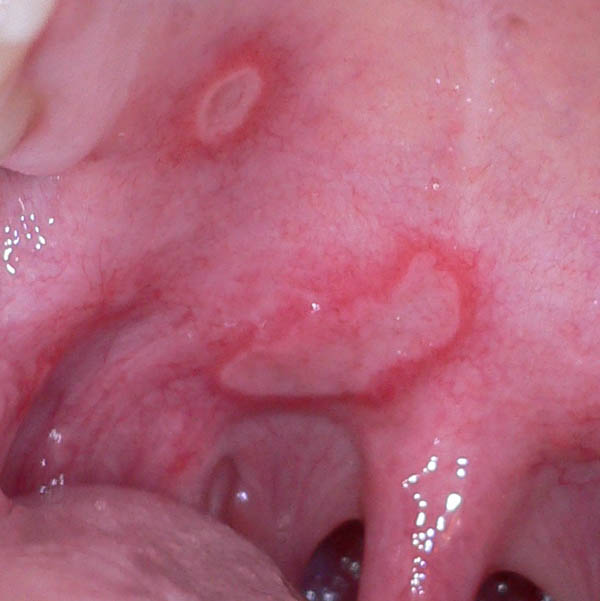A blister, or vesicle, is a raised portion of skin that is filled with fluid. You’re probably familiar with blisters if you’ve ever worn ill-fitting shoes.
What Is a Fever Blister? A fever blister is caused by herpes simplex virus type 1 (HSV-1). The virus is passed from person to person by entering the body through a break in the skin around or inside the mouth.
A blister is a small pocket of body fluid (lymph, serum, plasma, blood, or pus) within the upper layers of the skin, typically caused by forceful rubbing (), burning, freezing, chemical exposure or infection.

Signs. Blistering and peeling of your baby’s feet can range from to extreme. Besides the feet, you can sometimes notice blistering on your baby’s hands and mouth.
It can be unsettling to see blood blisters in your mouth. Luckily, blood blisters are not a serious condition and often disappear within several days. In our “Does Your Mouth Look Like This?” series, we take a look at common causes for blood blisters in the mouth and how they can be treated.
The new 2014-2015 Mantra. We’ve now spent quite a bit of time on it, in two different lengths. The results were surprising.

Most blisters heal naturally and don’t require medical attention. As new skin grows underneath the blister, your body slowly reabsorbs the fluid in the blister and the skin on top will dry and peel off.
How to Care for a Burst Blister. Blisters occur when the upper layer of your skin (the epidermis) detaches from the lower layers of skin. This is often due to friction or heat, although some skin conditions or other medical ailments can






Shop Compeed blister plasters and earn Advantage Card points on purchases.
A blood blister in the mouth is often caused by cheek biting or some other trauma inside the mouth. Blood blisters that occur on the roof of your mouth, tongue, or cheek are red in color and filled with blood and other fluids.

